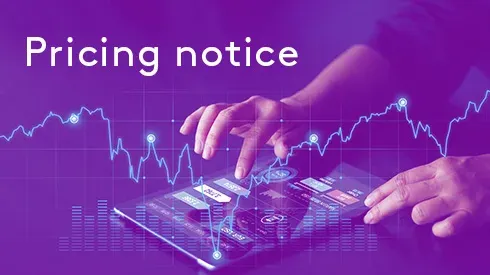Seah Kiin Peng, at the panel discussion titled “Global Outlook and Trend of Green Steel,” said he has yet to see customers willing to pay for green steel.
The executive director and chief executive officer of BRC Asia said:
I think we’re not seeing customers willing to pay for green steel because there isn’t a clearly defined premium.
Seah was one of five industry leaders and academics who shared insights on the development of green steel as well as potential challenges and opportunities seen in the future. William Chin, the executive director and head of commodities of SGX Group, moderated the panel.
On the challenge of pricing green steel, Seah said there is no distinct difference between normal steel and green steel that customers can see today.
This is unlike the distinct difference in say, electric vehicles and vehicles that use internal combustion engines, he said.
“These [vehicles] use two different types of technology so you clearly know what you’re paying for,” said Seah. “But when talking about paying for a car made of green steel, you can’t see that. The justification that the product is made from a material that you paid a premium for, I think that has not been universally accepted.”
Alluding to this, fellow panelist Ian Hiscock said green premiums are easier to sell to consumers in the automotive sector as compared to sectors such as building and construction.
The head of consulting and Southeast Asia at CRU added, “You will almost certainly see very large difference when the trade-offs are economic growth and material standards of living.”
Despite these challenges, Weina Zhang, an associate professor at the National University of Singapore Business School, said that decarbonization is an inevitable pathway for the steel industry and there are anecdotal evidence to show that firms that take efforts to transit are rewarded.
She added that this is through better market reputation and greater recognition from investors, among others.
The panelists were largely optimistic about the future of green steel, with Seah predicting that green steel will be categorized into different levels of “greenness” in the next 10 years and priced accordingly.
Fastmarkets launched a new suite of green steel prices on June 8 to assess the price differential against traditional flat steel prices, creating transparency for the industry and supporting the investment decisions needed to reduce emissions. Learn more.


